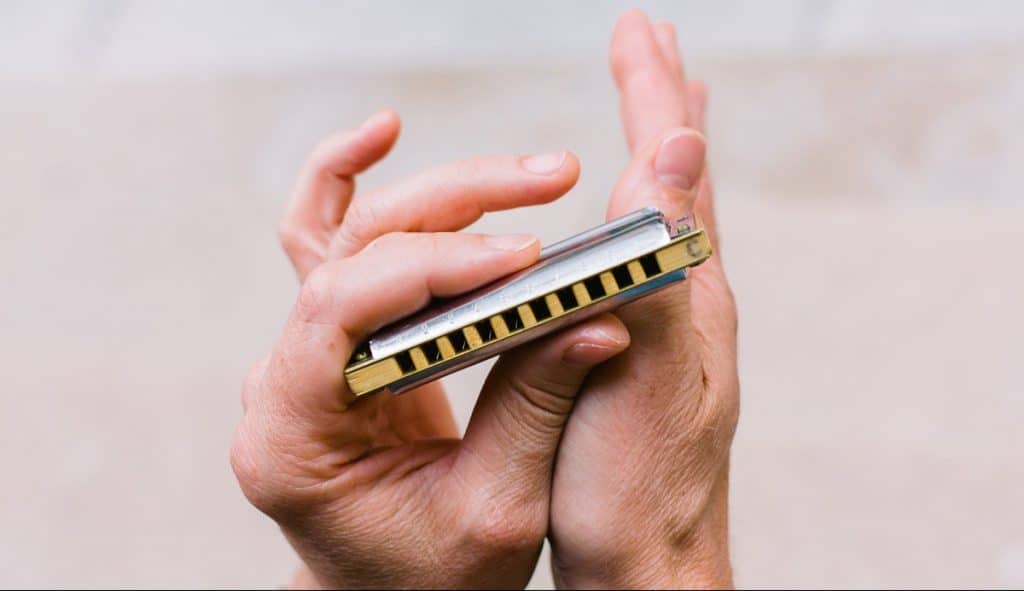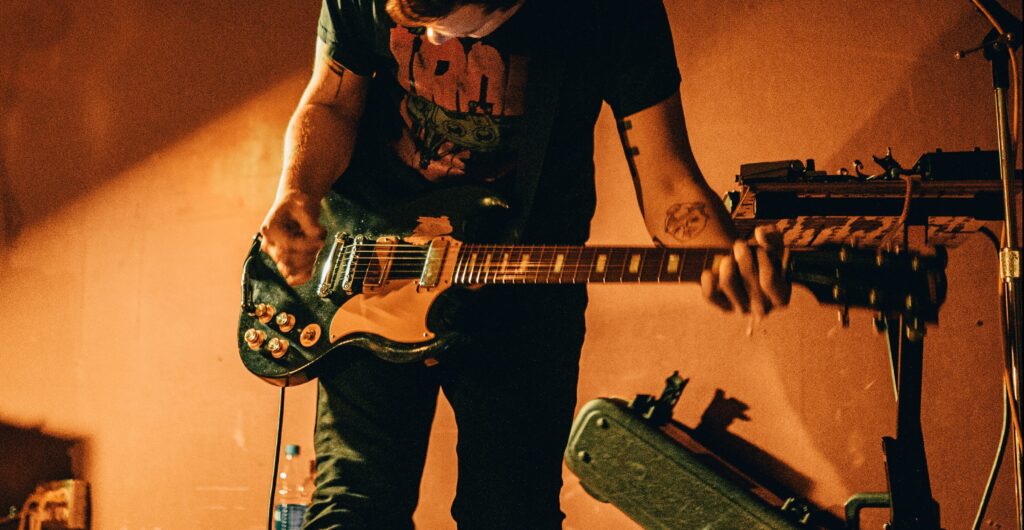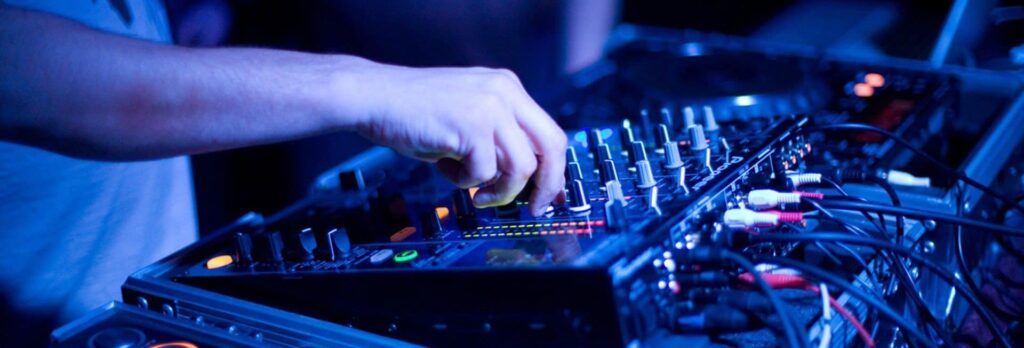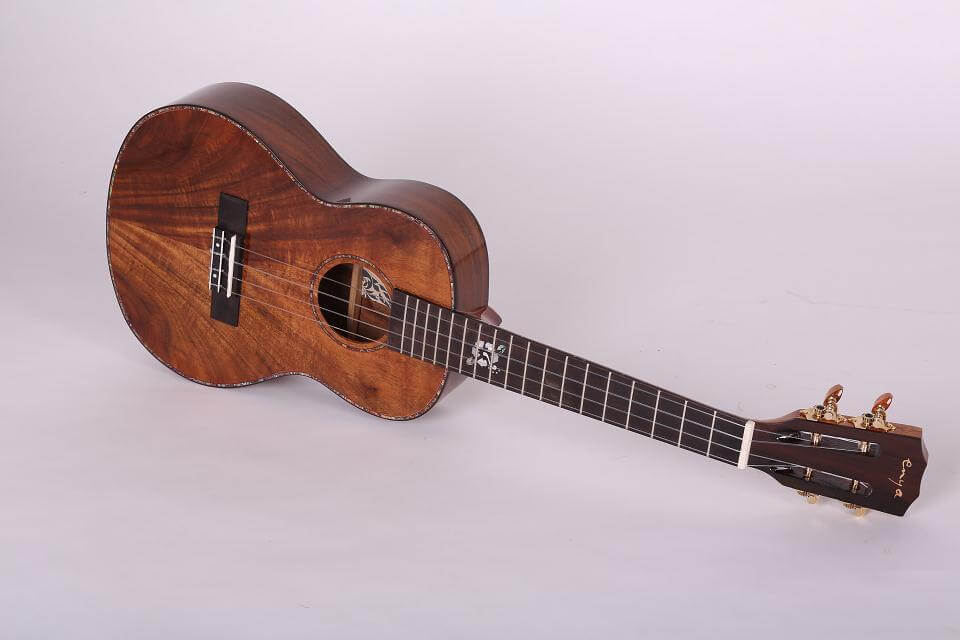Do you know that harmonica is useful for your health? It helps your heart and lungs to work better, increases oxygen in your blood, and even relieves stress and anxiety. Impressed? Let’s choose the best harmonica for beginners.
We’ve reviewed over 25 models and selected the best 5 with the Seydel 1847 C at the top. We only included harmonicas that are easy to play and have good sound quality. We considered the type of harmonica (chromatic or diatonic). The key of the harmonica is also an important consideration as it determines what notes you can play. The most popular keys are C, G, and A. We also didn’t forget about the number of holes and reeds as they affect the sound of the instrument. The most popular choice for beginners is a 10-hole harmonica as it is easy to play. Additionally, the best instruments were those, which used materials that not only held together well but also improved the quality and purity of sound.
More features: beard- and lip-friendly – coverplates with rounded edges, waterproof
This is a German-made harp. It has a dependable machined-design in the traditional key of C. Where wood-made harmonicas tend to have a more muted sound (contained vibrato etc.) this diatonic harp is crafted only from fine metals, creating a beautifully haunting vibrato and loud metallic hum, most ideal for southern blues and turn of the century jazz.
All the reeds, rivets, and cover plates are made with stainless steel, though the comb is made of a soft tone-enhancing polymer. Additionally, because of its metal design, this is one of the most beard-friendly instruments on the market.
The machine design entirely smooths and rounds all the rivets and edges, preventing hair-snagging cuts near or around the mouthpiece and also has ergonomic hole-openings.
The tone-response is unparalleled and sounds rich, organic, and extremely fast. To boot, all metals in this superior harp design are waterproof and corrosion-free, meaning you could drop it in a river and it’d be just fine, and that the oils from your hands (and your saliva) won’t damage any of the reeds.
More features: pearwood comb, included distinctive protective case, handmade
From the early days of Little Walter and John Lennon, this harp was made famous by the greatest musical minds in history. Recrafted in the traditional key of C – preferred by both Neil Young and Bruce Springsteen – this instrument, with fine 0.9mm brass reed plates and a single lacquered pearwood comb not only represents the history of harmonica blues but also a 100-year tradition of German craftsmanship.
This large chromatic 40-reed harp is perfect for soaring melodies that include notes both high in the stratosphere, and far down along the bass scale. It’s available in 12 major keys, and each blues harp is classically hand-crafted along a wood length. Its precise technological design minimizes air loss and ensures a quicker response with louder volume.
This harmonica truly knows no equal on the market and has been known for over a hundred years by the gorgeous sound of its signature blues wailing. So if you’ve already mastered harmonica basics and want to try out a chromatic harp, don’t hesitate to get the best chromatic harmonica out there.
More features: double-sided instrument – 2 harmonicas in 1
The most dependable manufacturers of instruments happen to be the Germans, and this gorgeous instrument – designed for the lucky beginner or the skilled professional – is not only German-designed, but brilliantly so.
The Hohner harp has a double-sided maple wood design, so that it can be played in the key of C and G-major. This means that it has a 48-hole design, 24 on each side, and 96 brass reed plates (0.9mm each), making it a unique tremolo harp with two reeds played for each note.
For your purchase, you’re getting two instruments in one, with gently pulsating sounds for folk, pop, and country music. The cover surface is stainless steel, enclosed at the ends to minimize air leakage and influence louder tones, and the mouthpiece surface is soft maple wood.
Additionally, this harp is 16.8cm long, making it a one-of-a-kind tremolo harmonica with an exceptional range of tones. Its weight is 3.84 ounces, and it comes with its own beautifully hand-painted cardboard case. Despite being one of the most expensive harps on the market, its price is well worth the two-instrument-in-one uniquely hand-crafted German design. This harp can handle almost any song a musician throws at it.
More features: hard plastic case, included instruction
This sleek modern-looking harp is machine-designed from smooth, light-weight, popular wood in the Bruce Springsteen traditional key of C. It’s a chromatic style 10-hole harp with 20 possible tones; very ideal for folk, pop, and blues music.
For a longer diatonic harp, this is actually quite pocket-sized (4” length) and also comes with a crisp black case, to keep your harp from knocking around in a pocket. The harps comb is precision-made from plastic, with a chrome steel cover allowing a smooth hole surface so your fingers can move easily across and on holes – both improving sound and minimizing oil and moisture damage from skin.
Beginners to intermediate harp players will love the harmonica’s crispy tone created from the manufacturer-tested copper reed plate. The stainless steel cover plate also has fully enclosed ends that minimize air leakage and promote an intensely rich tone. For a beginner, this instrument is not only for practice sessions but also specifically made to sound and look great in performance.
More features: PVC comb, beginner-friendly design
This kit comes with seven 10-hole diatonic reeds, each cleverly designed in a different key for preferred play and playing specific tunes. The tone and pitch of each reed is machine-designed and made possible by the molded brass reeds and PVC comb. Its traditional shape includes chromed metal covers, which improve the comfort of your harmonica and your ability to play.
With so many notes in one kit – C, G, A, D, F, E, and Bb – this is one of the best options on the market for a beginner player. First, because you’ll have a wide range of notes to start learning from, and second, because diatonic harps are by far the easiest with which to learn driving rhythms and tongue-blocked harmonies.
Finally, this product comes in a sleek vented kit, which will both protect your harmonicas and make carrying your instruments easier. The kits cost truly matches its value.
Now that we’ve covered five of the top best models on the market, the remainder of this buying guide was created to provide specifics on harp features and the designs and materials that make these features – and these harps – some of the best beginner instruments available. Additionally, the specifications and advice in this article will not only help you with your future purchase, but also with understanding the features and performance of your harp. For instance, why are holes and reeds important? What do they do? These questions, and more, are answered below. Happy hunting.
If you’re a beginner – first time holding a harp, first time blowing into one – don’t break the bank on handcrafted harmonicas and German designs. Also, it may be in your best interest not to start with a chromatic harmonica. The beginner’s best friend will be a relatively cheap diatonic harp, first, for their more limited range of tones and options (ideal for the learning process), and second, for their structure, which lends itself to learning essential techniques of driving rhythms and tongue-blocked harmonies. Complete beginners should consider these three models above: the Fender Blues Deluxe 7-Pack (especially great for beginners because it has 7 harps, each with a different note), the Anwenk C 10H 20R, and the Seydel 1847 Silver C. These are all excellent quality diatonic harps, and the last two are even performance-worthy designs.

Features, and the materials of their design, will make or break your choice of harmonica. For instance – handcrafted harmonicas tend to be wood designs with brass reeds, and these harps tend to offer more control over notes and airflow. In contrast, machined harmonicas (which often have fully metal designs) tend to deliver louder, more echoing (or vibrating) sounds – such as the noises of Jazz and Pop melodies.
In the end, the harp you buy should be very centered around the type of music you picture yourself playing. Odds are, if you’re more of a Southern Blues and Folk musician, then you’ll get something German and hand-crafted (typically a chromatic harp). The difference between chromatic and diatonic is in the number of holes and reeds (more on each of these features below).
There are three types of harmonicas: diatonic, chromatic, and tremolo. Most often you’ll only see diatonic and chromatic harps because they are very common. A tremolo harp, on the other hand, is distinct, as it’s designed with two reeds per note – one reed is slightly sharp, the other reed is slightly flat, and together they create the full note. These harps tend to have a wavering or warbling sound associated with Eastern music (parts of Europe and Asia), although sometimes they’re used in folk or classical music. The only tremolo harp in this list is the double-sided Hohner 56-C/G 48-H. Although beginners can easily play these types of harps, they tend to be custom made and more expensive than the diatonic or chromatic harps.
Diatonic harps have a bending sound which only they can make (created by drawing a breath and exhaling a note). ‘Bending’ is one of the easiest skills to learn with a diatonic harp, and lends itself to the most songs. The genres of music predominately played on the diatonic harmonica are blues, rock, country, folk, and classical. Because of the diatonic harp’s wide range and diverse nature, it’s most ideal for beginners. One of the best options for a new diatonic player is the echoic Seydel 1847 Silver C.
Chromatic harmonicas tend to have a button on the side which allows you to play the normal major scale and also the half-step notes in between. With a chromatic harp you can pretty much play any scale in any key, and switching between the two options will give you that bluesy sound which most harp players desire. These harps also tend to have more reeds and more holes, providing a larger scale for learning more complicated songs. An inexpensive model which looks great and sounds even better, especially fitting for blues music, is the Hohner Marine Band C.
A set of harmonicas in the keys of A, Bb, C, D, F and G will suit the majority of playing situations. However, most beginners and intermediate harp players tend to stick with the key of C, or use chromatic/tremolo harps to quickly change between keys. Mostly, the key you use will depend on the genre of music you play. For instance, the typical blues song is in the key of E, A, G, C or D. Having a harmonica which starts in the key of C and is long enough to hit all these other keys will be your best friend – if you play blues and don’t mind lengthy chromatic harps. However, if your preference is different (or you haven’t learned your preference yet) stick with diatonic harps to begin with.
Reeds are typically made out of brass. However, some harps with steel, aluminum, and plastic reeds can be found. When air passes through the reed cover, each reed (thin strips which are longer or shorter depending on the note) vibrates and creates sound (notes). Depending on the number of holes along a harp, you can vibrate more reeds (usually there are more reeds per each new hole) and play more notes. However, you can also press on with your fingers and lips, to suppress sound and control your music.
The reason learning on harmonicas with more holes is important, is that you’ll have a larger range of notes to play, and therefore a larger selection of music that you can learn. Chromatic harps are some of the most note-extensive harmonicas, and one of the best starter chromatic harps is the Hohner Marine Band C.
One of the only full-metal designs on this list is the Seydel 1847 Silver C. Its all-metal materials cause the harp to give off more of a vibrato (metallic hum), which is most common in Jazz pieces and southern blues. This is just one example of how materials can have a major effect on sound. A harmonica which is handcrafted from wood components, like the maple wood Hohner 56-C/G 48-H, possesses a gentler quality of sound for folk, pop, and country music. An easier way to explain this is that wooden designs will mute your tones and give you more control, whereas full-metal designs will be louder, but with less control.
Smaller harmonicas are not necessarily ‘easier to use’, but they are easier to transport, hold, and learn on. These features might make them easier to use for a child or teenager. Additionally, getting a harmonica with a carrying case will make it so much simpler when you’re going to a practice or performance somewhere else. Cases also protect your harmonicas, whereas by keeping them in your pockets, you risk damaging them with lint, sweat, or even just by banging your pocket up against something. For beginners who want small harps, a large selection and a carrying case, you should consider getting the exceptional value Fender Blues Deluxe 7-Pack.
Final features which might help you decide between two or more models might be:
In concluding this guide, we would like to point out the three best candidates for any beginner. Take a hard look at these fantastic harps and the reasons we think they’re the best:
Seydel 1847 C. This harp is diatonic and in the key of C, which is the best to begin with. Besides, it’s great for all styles of music and features a full-metal German design. Although it’s a bit pricey, it is very durable and of the fine quality, so you won’t have to upgrade for a very long time.
Hohner Marine Band C. With its fine hand-crafted German design and sleek pearwood body, this chromatic harp should be much more expensive than it is. However, it’s the perfect price for a beginner who doesn’t want to break the bank, and it lends itself to the historical art of blues music down by the river.
Anwenk C 10H 20R. This diatonic harp comes in the traditional key of C and is made with wooden components for better control. Its price is the best available on the market, and although it isn’t fit for concerts, it’s great for personal practice and street performances.





